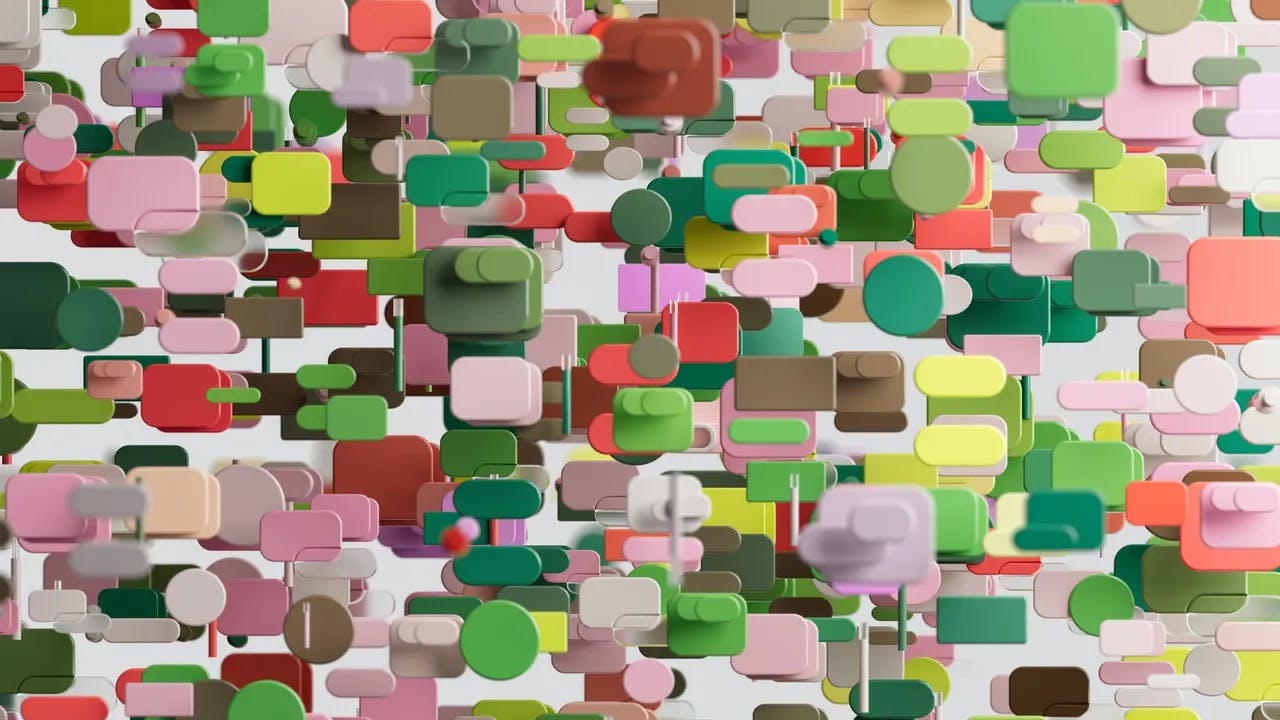Atomic Design in Practice: From Molecules to Organisms
Have you ever wondered how designers create visually appealing and user-friendly websites and applications? The answer lies in a design methodology called Atomic Design. This approach breaks down complex interfaces into smaller, reusable components, allowing designers to create cohesive and scalable designs. In this article, we will explore the concept of Atomic Design and how it can be applied in practice, from molecules to organisms.
Understanding Atomic Design
Atomic Design, coined by Brad Frost, is a methodology that helps designers create consistent and modular user interfaces. It is based on the idea that interfaces can be broken down into five distinct levels: atoms, molecules, organisms, templates, and pages.
Atoms
Atoms are the building blocks of any interface. They are the smallest and most basic elements that cannot be broken down any further. Examples of atoms include buttons, input fields, checkboxes, and typography styles. By defining a set of atoms, designers can ensure consistency across the entire interface.
Molecules
Molecules are formed by combining atoms together. They represent simple groups of UI elements that work together to perform a specific function. Examples of molecules include search bars, navigation menus, and forms. By reusing molecules, designers can create consistent patterns throughout the interface.
Organisms
Organisms are more complex components that are made up of molecules and atoms. They represent sections of the interface that have a specific purpose and contain multiple elements. Examples of organisms include headers, footers, and product cards. By combining molecules and atoms, designers can create reusable and scalable organisms.
Templates
Templates are the next level in Atomic Design. They define the layout and structure of a page or a specific section. Templates provide a framework for designers to arrange organisms and other components. They help maintain consistency and ensure that the design is visually appealing and functional.
Pages
Pages are the final level in Atomic Design. They represent the actual content and data that is displayed to the user. Pages are created by populating templates with real content. By following the principles of Atomic Design, designers can easily create new pages by reusing existing components.
Applying Atomic Design in Practice
Now that we have a basic understanding of Atomic Design, let's explore how it can be applied in practice. By following these steps, designers can create cohesive and scalable interfaces.
-
Identify atoms: Start by identifying the smallest and most basic elements of your interface. These could be buttons, input fields, or typography styles. Create a style guide that defines the characteristics and variations of each atom.
-
Combine atoms into molecules: Once you have defined your atoms, start combining them to create molecules. For example, you can combine a button atom with a text atom to create a call-to-action molecule. Create a library of molecules that can be reused throughout the interface.
-
Build organisms: Use your molecules to build more complex components called organisms. Organisms represent sections of the interface that have a specific purpose. For example, you can combine a header molecule with a navigation molecule to create a header organism. Organisms should be modular and reusable.
-
Create templates: Templates define the layout and structure of your pages. They provide a framework for arranging organisms and other components. Create templates that can be used to create different types of pages. For example, you can have a template for a homepage and another template for a product page.
-
Populate templates with real content: Finally, populate your templates with real content to create actual pages. By reusing organisms and other components, you can easily create new pages with consistent design and functionality.
Benefits of Atomic Design
Atomic Design offers several benefits for designers and developers:
-
Consistency: By breaking down interfaces into smaller components, Atomic Design ensures consistency across the entire interface. Designers can reuse atoms, molecules, and organisms, creating a cohesive and unified experience.
-
Scalability: Atomic Design allows designers to create scalable interfaces. By reusing components, designers can easily add or modify elements without affecting the entire interface. This makes it easier to maintain and update designs as the project grows.
-
Efficiency: Atomic Design promotes a modular approach to design. Designers can create a library of reusable components, saving time and effort. This also allows for faster prototyping and iteration.
-
Collaboration: Atomic Design encourages collaboration between designers and developers. By using a common language and a shared library of components, designers and developers can work together more effectively.
Real-World Examples
Atomic Design has been widely adopted by designers and developers in various industries. Let's take a look at some real-world examples of Atomic Design in practice:
-
IBM Carbon Design System: IBM's Carbon Design System is a comprehensive library of reusable components based on Atomic Design principles. It provides designers and developers with a set of guidelines and resources to create consistent and scalable interfaces.
-
Salesforce Lightning Design System: Salesforce's Lightning Design System follows Atomic Design principles to create a cohesive and scalable design system. It provides a library of components and guidelines for creating Salesforce applications.
-
Shopify Polaris: Shopify's Polaris design system is built on Atomic Design principles. It offers a set of reusable components and guidelines for creating consistent and user-friendly interfaces for Shopify merchants.
Conclusion
Atomic Design is a powerful methodology that helps designers create consistent and scalable interfaces. By breaking down interfaces into smaller components, designers can ensure consistency, scalability, and efficiency. By following the principles of Atomic Design, designers can create cohesive and user-friendly interfaces that are easy to maintain and update. So, why not give Atomic Design a try in your next design project?
